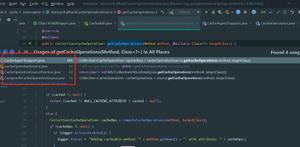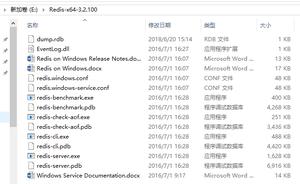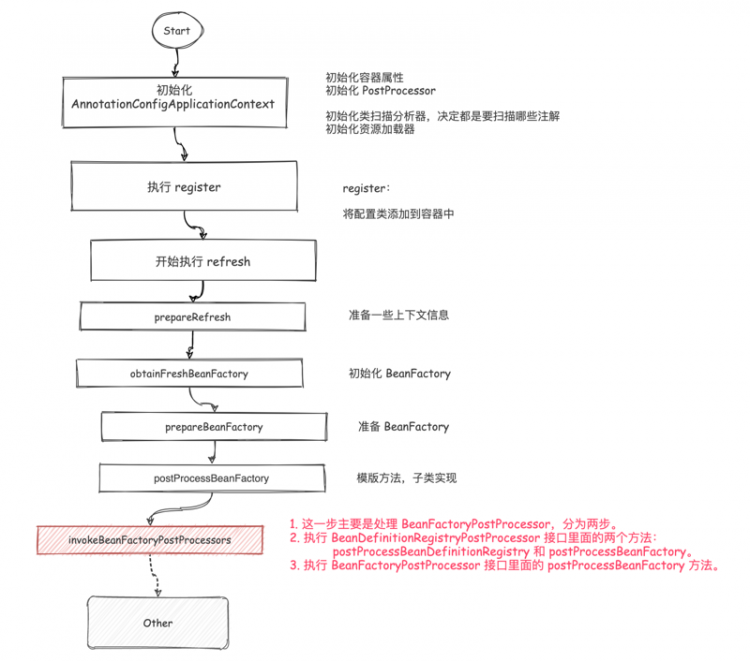Spring学习(七)-----Spring Bean的5种作用域
本文内容纲要:Spring学习(七)-----Spring Bean的5种作用域
在Spring中,bean作用域用于确定哪种类型的 bean 实例应该从Spring容器中返回给调用者。bean支持的5种范围域:
- 单例(singleton) - 每个Spring IoC 容器返回一个bean实例(默认)
- 原型(prototype)- 当每次请求时返回一个新的bean实例
- 请求(request) - 返回每个HTTP请求的一个Bean实例
- 会话(session) - 返回每个HTTP会话的一个bean实例
- 全局会话(globalSession)- 返回全局HTTP会话的一个bean实例
在大多数情况下,可能只处理了 Spring 的核心作用域 - 单例和原型,默认作用域是单例。
注:意味着只有在一个基于web的Spring ApplicationContext情形下有效!
单例VS原型
这里有一个例子来说明,bean的作用域单例和原型之间的不同:
package com.yiibai.customer.services;public class CustomerService
{
String message;
public String getMessage() {
return message;
}
public void setMessage(String message) {
this.message = message;
}
}
1.单例例子
如果 bean 配置文件中没有指定 bean 的范围,默认为单例。
<beans xmlns="http://www.springframework.org/schema/beans" xmlns:xsi="http://www.w3.org/2001/XMLSchema-instance"
xsi:schemaLocation="http://www.springframework.org/schema/beans
http://www.springframework.org/schema/beans/spring-beans-2.5.xsd">
<bean id="customerService" class="com.yiibai.customer.services.CustomerService" />
</beans>
执行结果:
package com.yiibai.common;import org.springframework.context.ApplicationContext;
import org.springframework.context.support.ClassPathXmlApplicationContext;
import com.yiibai.customer.services.CustomerService;
public class App
{
public static void main( String[] args )
{
ApplicationContext context =
new ClassPathXmlApplicationContext(new String[] {"Spring-Customer.xml"});
CustomerService custA = (CustomerService)context.getBean("customerService");
custA.setMessage("Message by custA");
System.out.println("Message : " + custA.getMessage());
//retrieve it again
CustomerService custB = (CustomerService)context.getBean("customerService");
System.out.println("Message : " + custB.getMessage());
}
}
输出结果
Message : Message by custAMessage : Message by custA
由于 bean 的 “CustomerService' 是单例作用域,第二个通过提取”custB“将显示消息由 ”custA' 设置,即使它是由一个新的 getBean()方法来提取。在单例中,每个Spring IoC容器只有一个实例,无论多少次调用 getBean()方法获取它,它总是返回同一个实例。
2.原型例子
如果想有一个新的 “CustomerService”bean 实例,每次调用它的时候,需要使用原型(prototype)来代替。
<beans xmlns="http://www.springframework.org/schema/beans" xmlns:xsi="http://www.w3.org/2001/XMLSchema-instance"
xsi:schemaLocation="http://www.springframework.org/schema/beans
http://www.springframework.org/schema/beans/spring-beans-2.5.xsd">
<bean id="customerService" class="com.yiibai.customer.services.CustomerService" scope="prototype"/>
</beans>
运行-执行
Message : Message by custAMessage : null
在原型作用域,必须为每个 getBean()方法中调用返回一个新的实例。
- Bean作用域注释
还可以使用注释来定义 bean 的作用域。
package com.yiibai.customer.services;import org.springframework.context.annotation.Scope;
import org.springframework.stereotype.Service;
@Service
@Scope("prototype")
public class CustomerService
{
String message;
public String getMessage() {
return message;
}
public void setMessage(String message) {
this.message = message;
}
}
启用自动组件扫描
<beans xmlns="http://www.springframework.org/schema/beans" xmlns:xsi="http://www.w3.org/2001/XMLSchema-instance"
xmlns:context="http://www.springframework.org/schema/context"
xsi:schemaLocation="http://www.springframework.org/schema/beans
http://www.springframework.org/schema/beans/spring-beans-2.5.xsd
http://www.springframework.org/schema/context
http://www.springframework.org/schema/context/spring-context-2.5.xsd">
<context:component-scan base-package="com.yiibai.customer" />
</beans>
request作用域:
表示该针对每一次HTTP请求都会产生一个新的bean,仅适用于WebApplicationContext环境。
Spring1以上提供
session作用域:
表示该针对每一次HTTP请求都会产生一个新的bean,仅适用于WebApplicationContext环境。
Spring1以上提供
globalSession作用域:
它仅仅在基于portlet的web应用中才有意义。Portlet规范定义了全局Session的概念,它被所有构成某个portlet web应用的各种不同的portlet所共享。在global session作用域中定义的bean被限定于全局portlet Session的生命周期范围内。如果你在web中使用global session作用域来标识bean,那么,web会自动当成session类型来使用。
Spring1以上提供
Web环境作用域的特殊配置:
使用request作用域、request作用域、globalSession作用域还需要进行额外的配置
在低版本的Web容器中(Servlet2.3以前),需要使用过滤器进行配置
<web-app> ...
<filter>
<filter-name>requestContextFilter</filter-name>
<filter-class>org.springframework.web.filter.RequestContextFilter</filter-class> </filter>
<filter-mapping>
<filter-name>requestContextFilter</filter-name>
<url-pattern>/*</url-pattern>
</filter-mapping>
...
</web-app>
在高版本的Web容器中,可以使用监听器进行配置
<web-app> ...
<listener>
<listener-class>org.springframework.web.context.request.RequestContextListener</listener-class>
</listener>
...
</web-app>
混合使用作用域的问题:
a Bean是Request作用域,它要被一个singleton作用域的b Bean使用(被注入)。还要使用aop:sclped-proxy/配置。
<beans xmlns="..."...
xmlns:aop="....." 要引入aop命名空间
>
<bean id="a" class="A" scope="request">
<aop:sclped-proxy/>
</bean>
<bean id="b" class="B" scope="singleton">
<property name="a" ref="a"/>
</bean>
本文内容总结:Spring学习(七)-----Spring Bean的5种作用域
原文链接:https://www.cnblogs.com/zy-jiayou/p/7699714.html
以上是 Spring学习(七)-----Spring Bean的5种作用域 的全部内容, 来源链接: utcz.com/z/362431.html








